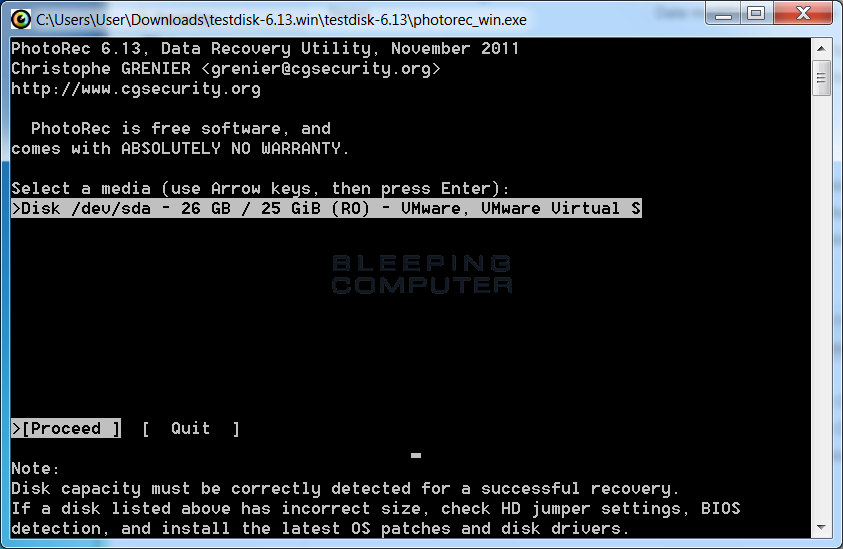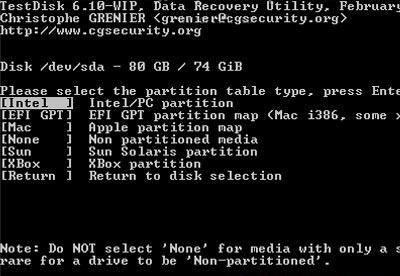
The simplicity of the QPhotoRec interface can save time, particularly if you're unfamiliar or uncertain with command line interfaces. Confirm the filesystem, then hit Browse to find (and create, if required) a destination to save the recovered files to. Start by selecting a disk device to recover from the drop-down menu, then select a partition. When recovery commences, an estimated time to completion is displayed along with various statistics concerning recovered filetypes.įor completion, we also tested QPhotoRec. As with TestDisk, a recovery location must be selected for the files to be saved to. Here, the various compatible filetypes can be selected, covering everything from Skyrim save games to FLAC audio. After identifying attached disks, and selecting the correct device, PhotoRec presents a File Opt submenu. Images stored on the USB thumb drive were sought out for recovery using the PhotoRec tool. Various additional settings can be found using the Options menu before commencing recovery. These may or may not be correct but they do give the best results if you don't know what you're doing. Throughout the process, TeskDisk selects the default options that are typically most suitable for the recovery media. Hit C to choose the recovery destination directory and wait as the partition is recovered as a disk image. Select Image Creation to search for a location to save the file, using the arrow keys and Enter to navigate. After opting to Create a new log file and selecting the correct disk, the Proceed option was selected followed by the partition table type.

Recovery with TestDisk was attempted first. Find files with TestDisk and PhotoRecįor testing TestDisk and PhotoRec 7.2, an unmountable 16GB SanDisk Cruzer Blade USB thumb drive (opens in new tab) with files of various types was connected to a standard USB 2.0 port on a Dell G5 5505 SE laptop (opens in new tab) running Windows 10. A recovered partition image can be checked in TestDisk using the terminal.


This works in largely the same way as the CLI tool, with the options displayed in a single window rather than a step-by-step series of commands. PhotoRec also has a graphical user interface (GUI) available to make photo recovery easier (Image credit: CGSecurity)


 0 kommentar(er)
0 kommentar(er)
